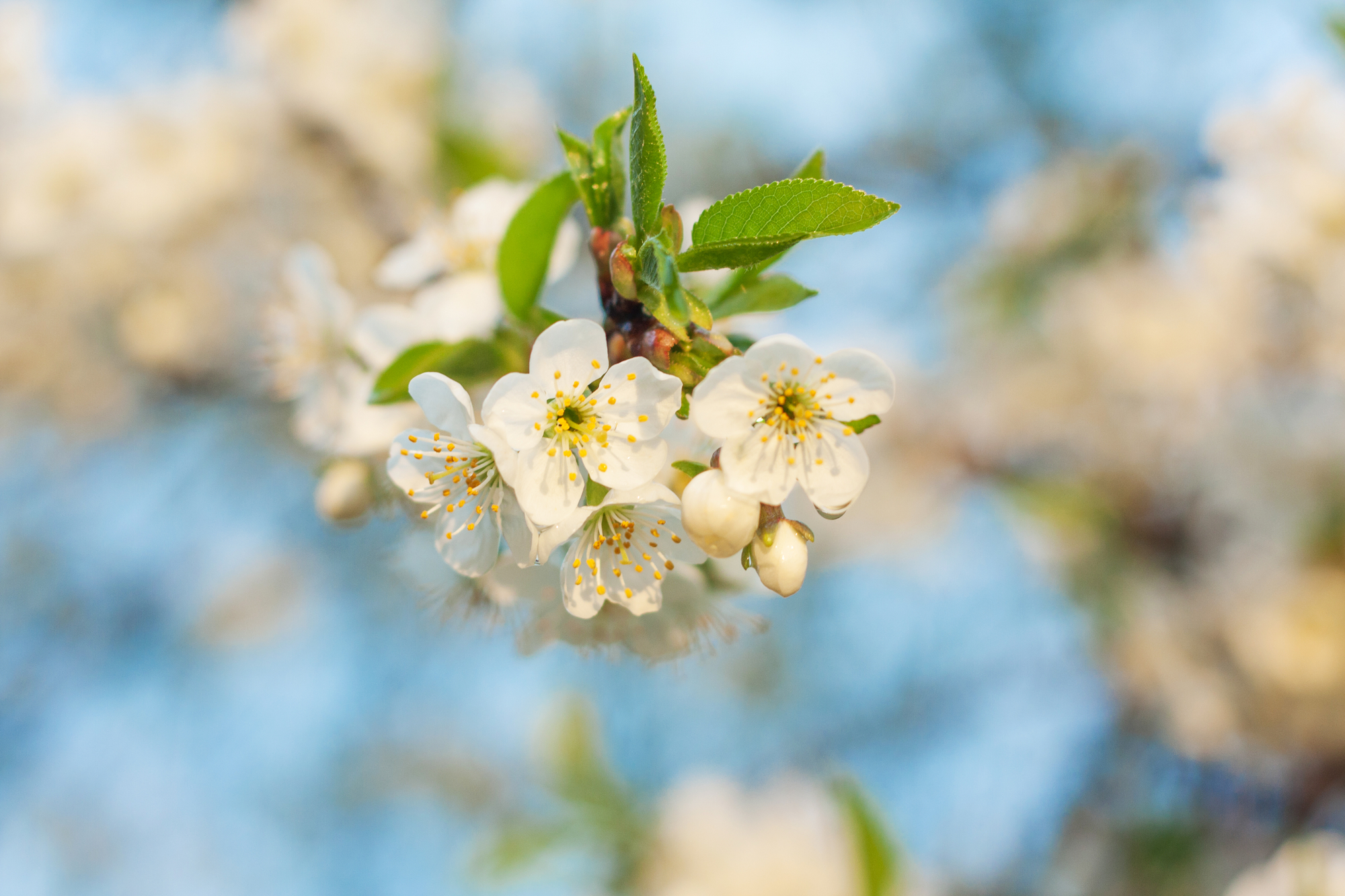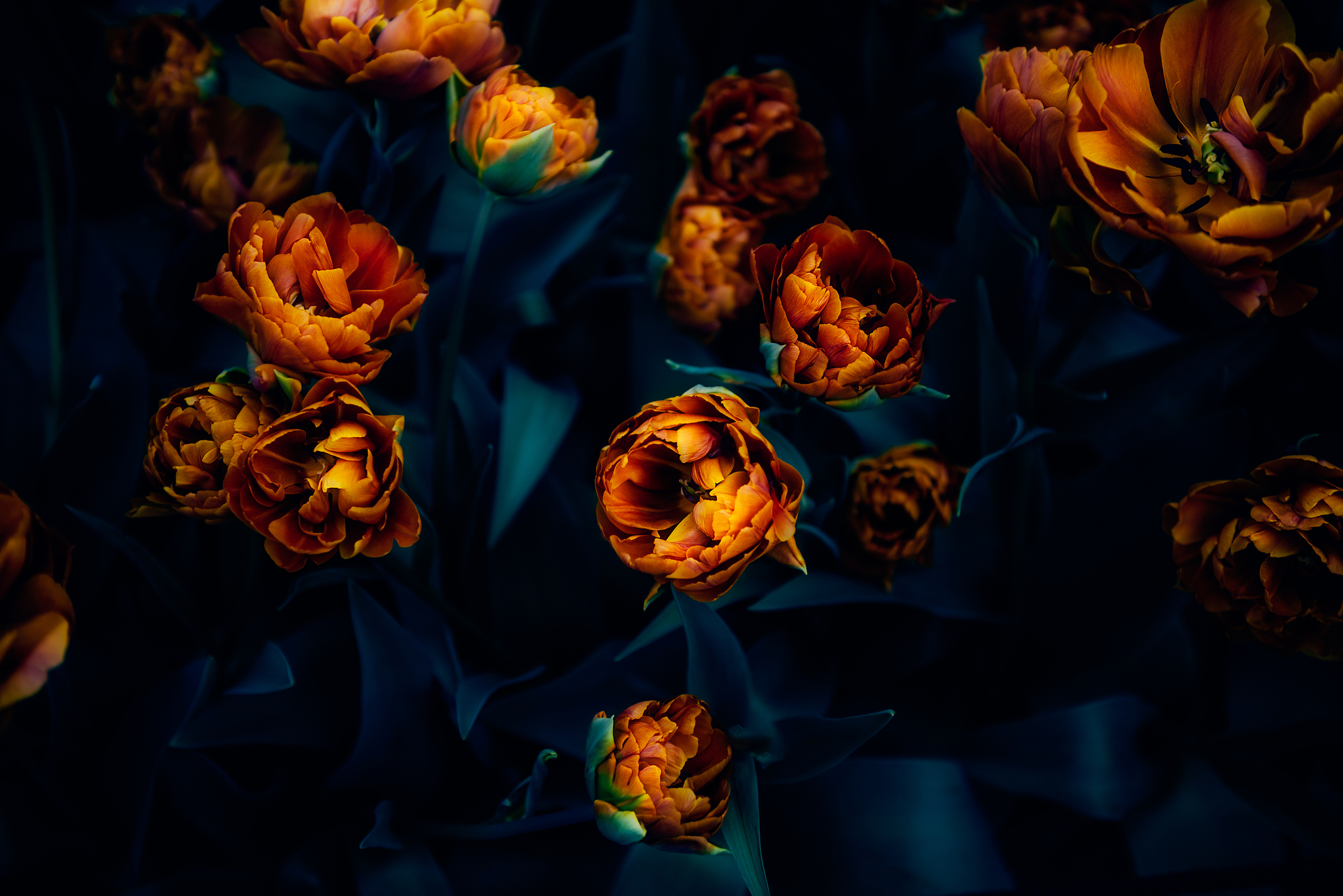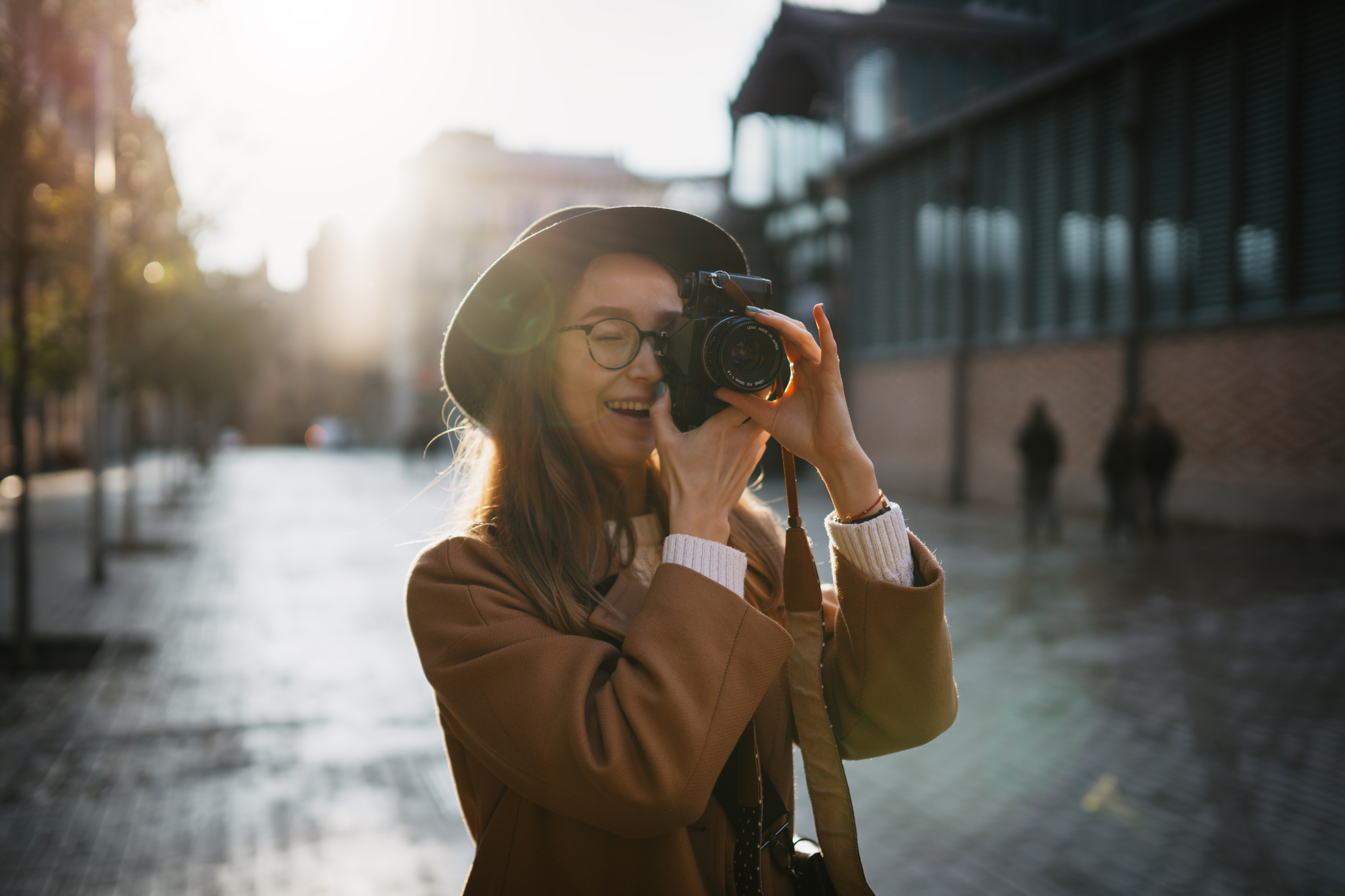Flower photography and nature photography
Flower photography is a subgenre of nature photography in general which is dedicated to capturing both flora and fauna. However, it does stand out in nature photography since it is captured with a macro lens or at least in close-up. This means that flower photography is also a big part of macro photography.

Equipment and settings for shooting flowers
Photography gear
The perfect gear to take photos of flowers is a DSLR camera with a macro lens. However, you can try shooting flowers with other lenses as well. For instance, you can use a telephoto lens and zoom in real close. Another solution is to purchase an extension tube or a reversing ring. They are placed between lens mounts (a part of your camera where you fixate your lenses) and lenses to allow you to zoom in more or magnify the image. Other pieces of equipment you will need to use for flower photography are a tripod to stabilize your camera, an external portable flash, or a speedlight for your camera with a diffuser or a reflector in case you shoot in dim light or want to use more light for artistic purposes. You might also use a lightbox to isolate a flower you shoot.Camera settings
As for your camera settings, you should pay a lot of attention to your aperture. Wide-open apertures create a shallow depth of field, resulting in the bokeh effect. Your focal point will be sharp and other parts of your image will appear blurred. Sometimes you will surely use some bokeh to isolate a plant from the background. However, if you shoot flowers with a wide aperture too close, you might miss your focus or have more blurred parts than you wish to. Opt for smaller apertures (marked with bigger f-number) to capture more of a scene sharp and focused. Depending on your aperture, choose the shutter speed and ISO level. These three settings together are called the exposure triangle since they influence the exposure and are interconnected. If your aperture is wide, more light comes through it, allowing you to choose a faster shutter speed and lower ISO. Narrow apertures might require making your shutter speed slower or rising ISO.
Essential tips on flower photography
1. Work in a variety of lighting conditions
It might not be so obvious for a beginner photographer, but you don’t necessarily have to shoot flowers on a sunny day to get enough light. Actually, direct sunlight can make the shadows look harsh or create too much of a contrast when you shoot close-ups of greenery. Try taking photos of flowers early in the morning or on a cloudy day to receive more delicate, diffused light to compliment the plants. Just like with other photography genres, you need to learn how to make the most of any natural lighting conditions you have at the moment.2. Use some backlight
Capturing flowers with a light source in the background can add a magical touch to your shots. When you rely on natural light, try to place it in the background to ‘glow’ your flowers. You can also use a separate flash on a light stand and place it behind the flowers. Read how to choose an outdoors lighting kit in our article.3. Have a clear background
Too bright or detailed backgrounds can shift the attention of your viewers and make your flowers look less interesting. When you shoot flowers, it is important to have a very clear and simple background with no distractions. Many photographers would use the bokeh blur to help the flowers stand out, but there are other ways to have a clear background. To completely remove all the distractions in the background, you can isolate your subject with the help of a lightbox or even create the background yourself using some color cardboard.
4. Include other elements into your composition
If you want to make your flower photography really appealing and interesting, don’t limit yourself to shooting flowers exclusively. You don’t need to get rid of every other element of the frame apart from the flower itself. On the contrary, search for something you can include in your shots, such as water droplets, some greenery for the background, and even bugs and butterflies. Such elements will make your viewers take a longer look at your photos to see the details.5. Shoot with faster shutter speeds when it’s windy
Keep in mind that flowers still move, although not as fast as humans. You might not feel it, but there are rare days with no wind at all, and even the slightest wind shakes flowers. If you feel the wind blowing, try to protect flowers with a piece of your gear like a diffuser or a reflector and shoot with fast shutter speeds.6. Change your angle
With flower photography, it’s easy to get carried away with settings and finding the perfect background, and take each shot from the same perspective. However, you should vary your points of view and change your angles often. This will let you frame some interesting compositions to choose from later.









